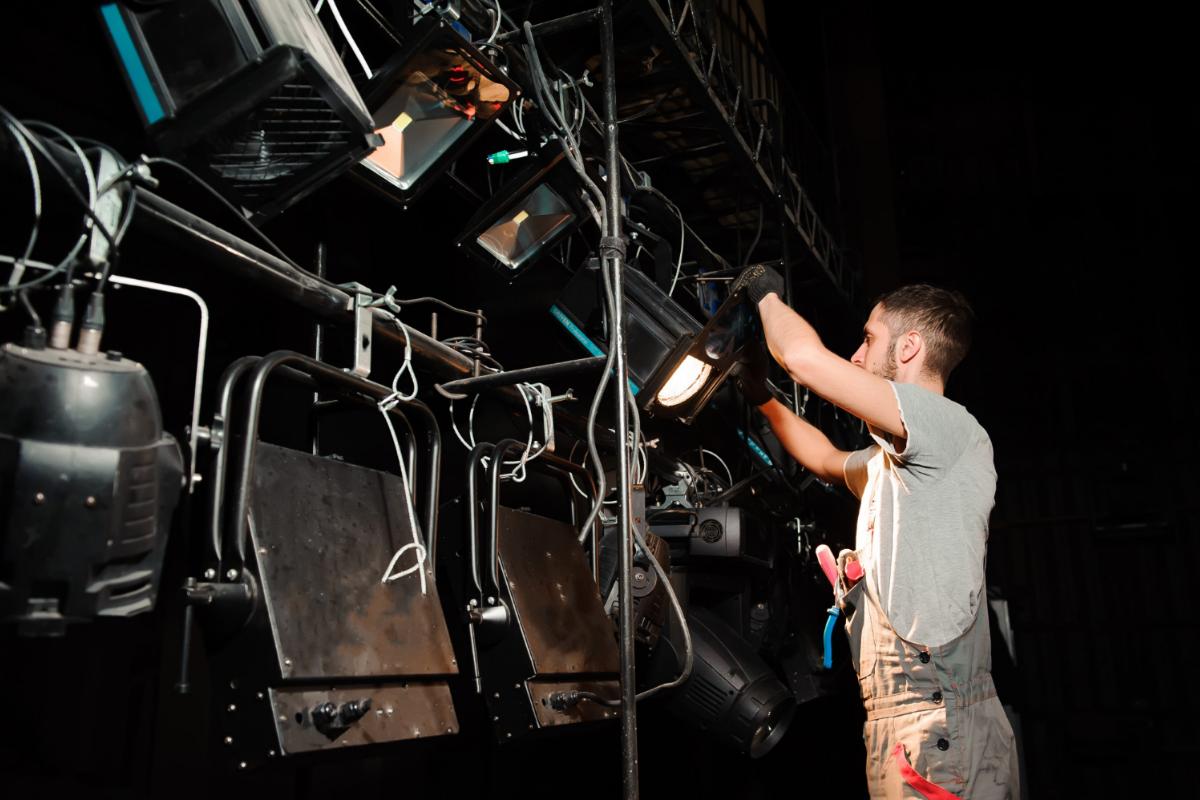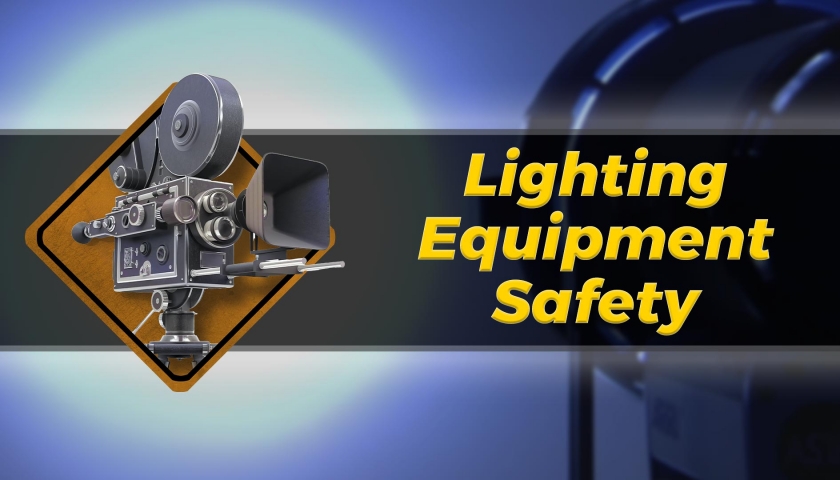What Does a Lighting Technician Do?
Lighting Technicians (also known as Set Electricians or "Sparks") are the skilled professionals responsible for rigging, positioning, and maintaining all lighting equipment on film sets. They work under the guidance of the Gaffer to bring the Director of Photography's vision to life.
Rigging & Setup
Installing and positioning lights, managing power distribution
Cable Management
Running cables safely and efficiently throughout the set
Light Adjustment
Fine-tuning fixtures, hanging gels, adjusting flags and diffusion
Safety Maintenance
Ensuring all equipment meets safety standards and protocols





